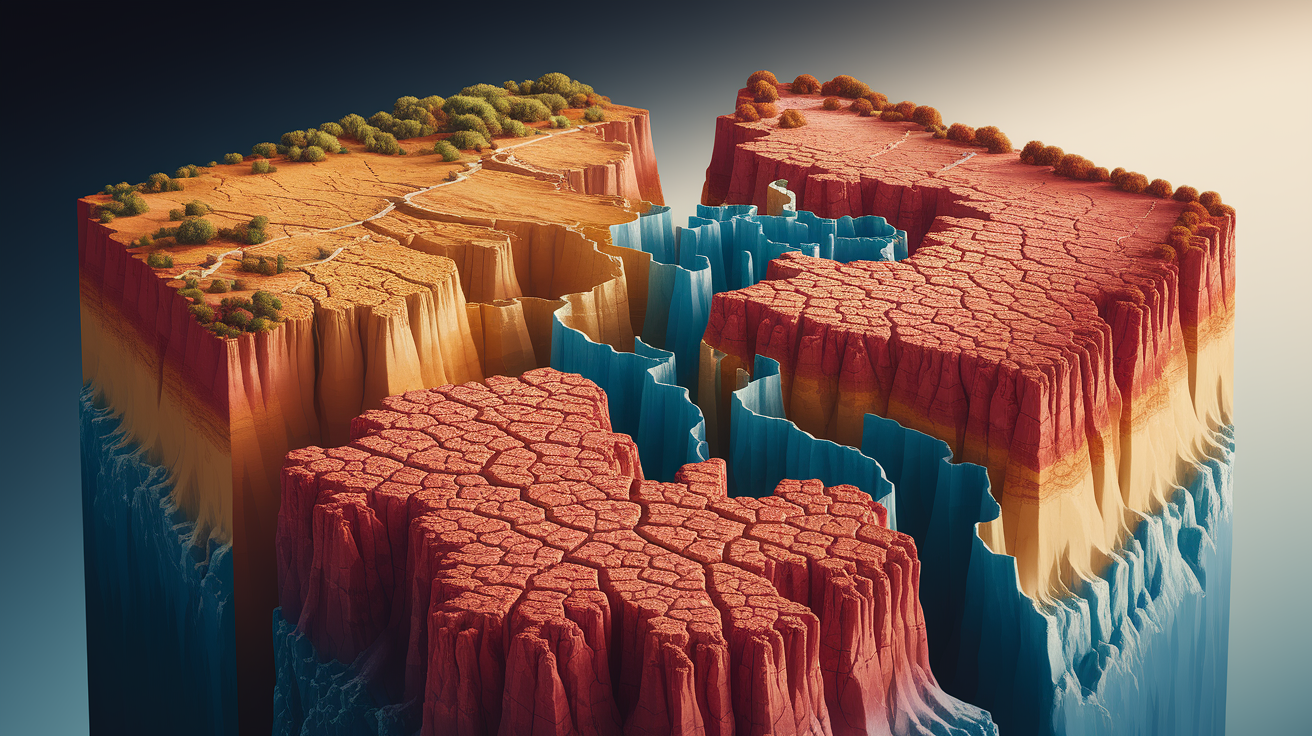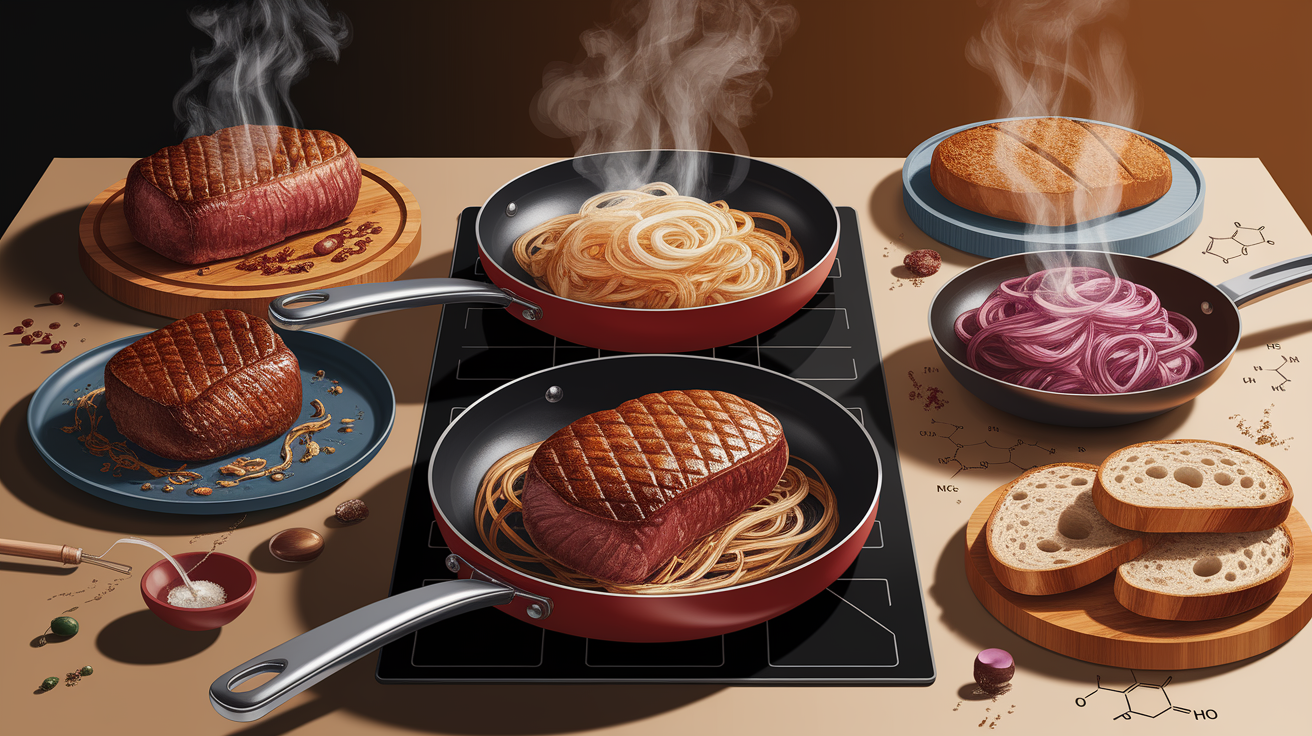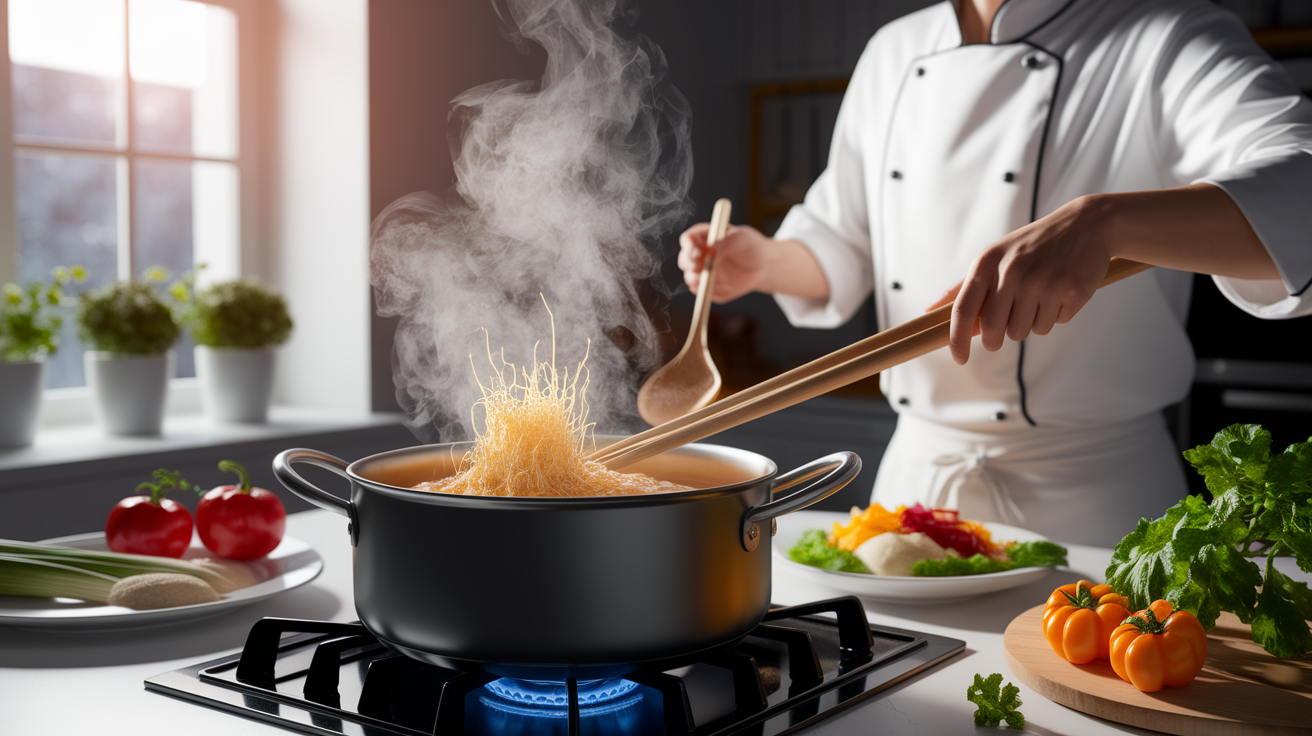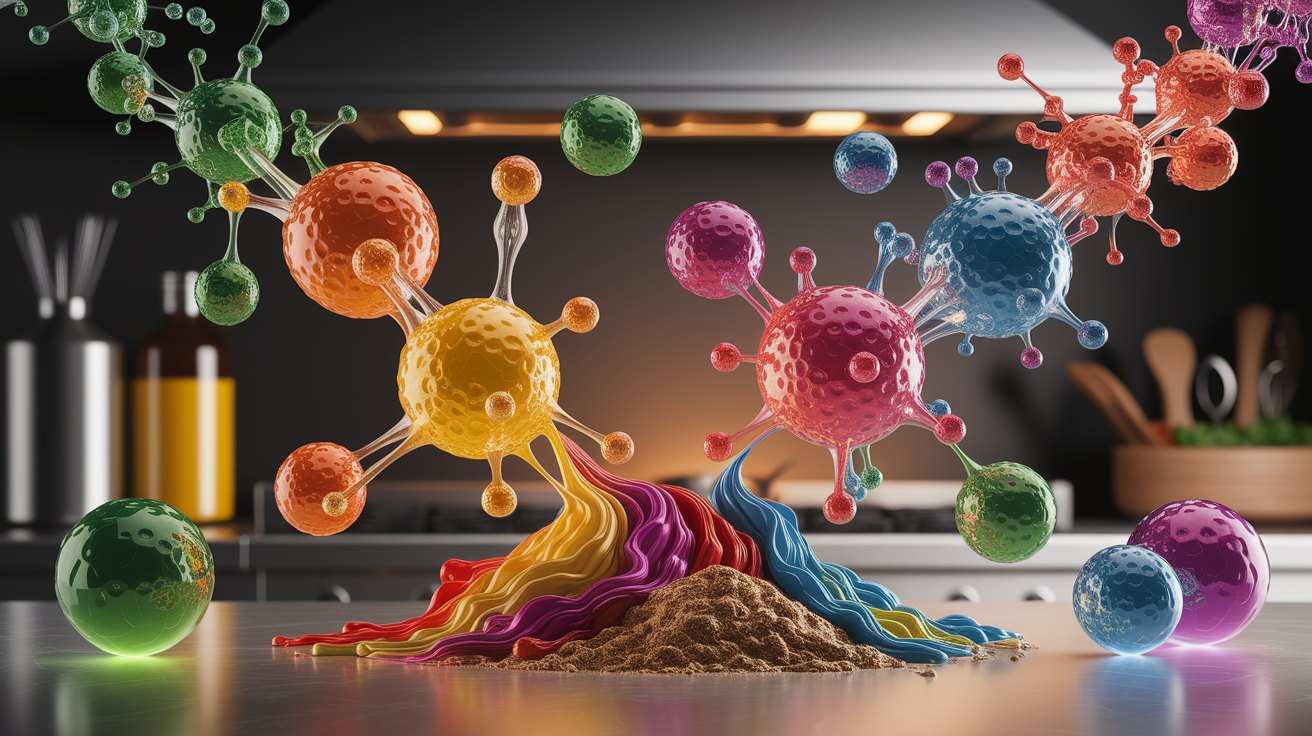A Crispy Debut – The Quick Answer
Bread forms a crust because the surface dries out during baking, letting heat-triggered chemical reactions brown and harden it. Moisture loss, starch changes, and sugar-protein interactions all work together to create that golden brown, crisp exterior we love.

How Moisture Loss Shapes the Crust
The biggest driver behind crust formation is moisture evaporation from the bread surface. When baking begins, heat travels inward from the outside, and the outer layer gets hotter faster. As the temperature climbs, water at the bread surface escapes as steam.

- Drying starts once the surface temperature rises past the boiling point of water.
- This dehydration concentrates the remaining solids, turning the outer dough into a firmer shell.
- According to research, browning reactions can begin only when water activity drops below about 0.6 and surface temperature exceeds roughly 120°C.
- Moisture migration from the crumb to the crust slows as the outer layers harden, leading to thickness differences depending on baking time and humidity.
This process explains why the inside remains soft and fluffy, while the outside gets firm and distinct in both texture and color.
Chemical Browning – Maillard Reaction and Caramelization
The crust’s enticing golden brown color and toasted flavor are the result of two major heat-driven chemical reactions:

- Maillard Reaction: This occurs when amino acids (from proteins) react with reducing sugars at high temperatures—usually above 130°C. It produces hundreds of flavor compounds and brown pigments. This is what gives fresh bread that wonderful, nutty aroma.
- Caramelization: Here, simple sugars break down and rearrange under heat (around 160°C and higher), creating sweet, slightly bitter notes and deepening color.
These processes only get going properly once the surface has dried enough, since excess water keeps temperatures from rising above water’s boiling point.
Starch Gelatinization – Setting Crust Structure
Starch in flour undergoes starch gelatinization between about 55°C and 80°C. During this range, starch granules absorb water, swell, and finally burst into a gel-like network that interlocks with gluten proteins.

- Inside the loaf, this helps form the soft crumb texture.
- Near the surface, as moisture continues to escape, the gelatinized starch dries and stiffens, contributing to the brittle outer shell.
- This gelling sets the structure so that when browning occurs, the crust has both strength and a satisfying snap.
Think of it as the scaffolding that holds the crust together once it turns rigid and brown.
Enzymes and Flavor Precursors
Before the intense heat shuts them down, enzymes in the dough add more fuel to the browning story. In particular, alpha-amylase breaks large starch molecules into smaller sugars during the early stages of baking.

- Yeast stops working around 46°C, but enzymes keep going up to about 75°C.
- The extra sugars they create give the Maillard reaction and caramelization more raw material to work with.
- When the enzymes are finally inactivated, the browning reactions accelerate under high heat to lock in the crust’s flavor and color.
This behind-the-scenes sugar boost ensures a richer taste and deeper color in the finished crust.
Crusty Finale – Tying It All Together
Crust formation is a wonderfully coordinated outcome of physics and chemistry. First, moisture loss at the surface paves the way by dehydrating and concentrating solids. Then, starch gelatinization sets a sturdy structure, enzymes supply flavorful sugars, and high heat drives the Maillard reaction along with caramelization for that signature golden brown look and taste. The result? A crispy exterior guarding a tender, airy crumb—one of baking’s most delicious contrasts.













